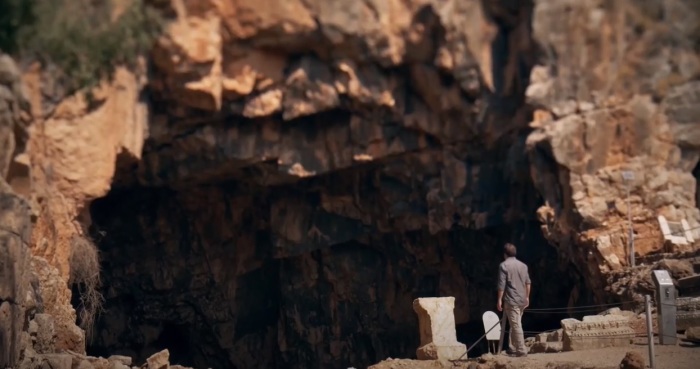Archaeological Discovery: Church built where Jesus called Peter 'the rock' found in Israel

A Byzantine church said to have built around the location where Jesus referred to Simon Peter as “the rock” was discovered in a nature reserve in northern Israel.
The ruins of the former church, dated to have been built around the start of the fifth century, was recently discovered at the foot of a waterfall in the Banias Nature Reserve.
The Times of Israel reports that the church might have been built in the area once known as Caesarea Philippi to commemorate the events recorded in Matthew 16.
In the passage, Jesus asked His disciples who He was, with Peter responding that He was the Messiah. From there, Jesus commends Simon Peter for his statement.
“And I tell you that you are Peter, and on this rock I will build my church, and the gates of Hades will not overcome it. I will give you the keys of the kingdom of heaven; whatever you bind on earth will be bound in heaven, and whatever you loose on earth will be loosed in heaven,” read verses 18-19.
The verses have been interpreted by the Roman Catholic Church as establishing Peter as the first pope, with the Vatican City flag showcasing a set of keys in reference to the biblical passage.
University of Haifa Professor Adi Erlich, who announced the find in a Hebrew language video, noted that the area was also the site of an earlier temple to the pagan god Pan.
Erlich described the site to Haaretz as having “a continuity of holiness,” which involved “converting a site” from “one religion into one of another religion.”
“We know this from human history around the world and also in Israel, for example on the Temple Mount. When Christianity rose to power, they didn’t look for a new site, they converted a pagan site into a Christian site,” Erlich told Haaretz.
“Churches always face east, and this building is from north to south. They arranged for one of the Roman ritual niches to turn into the holy center of the holiness of the church. They made adaptations.”
Among the ruins was a large stone that had several small crosses etched into it, most likely from Christian pilgrims to the site who wanted to note that they had been to the church.
Also known as the Nahal Hermon Nature Reserve, the Banias reserve also boasts of having what Israel’s Nature and Parks Authority calls “the most powerful waterfall in Israel.”
“The Banyas Waterfall … falls 10 meters with enormous force and noise into a beautiful pool surrounded by vegetation,” Israel’s Nature and Parks Authority says.
“You can view the waterfall (and get wet from the splashing water) from the well-built wooden boardwalk. The noise of the flowing water and the spectacular sight make this a most enjoyable experience.”





























